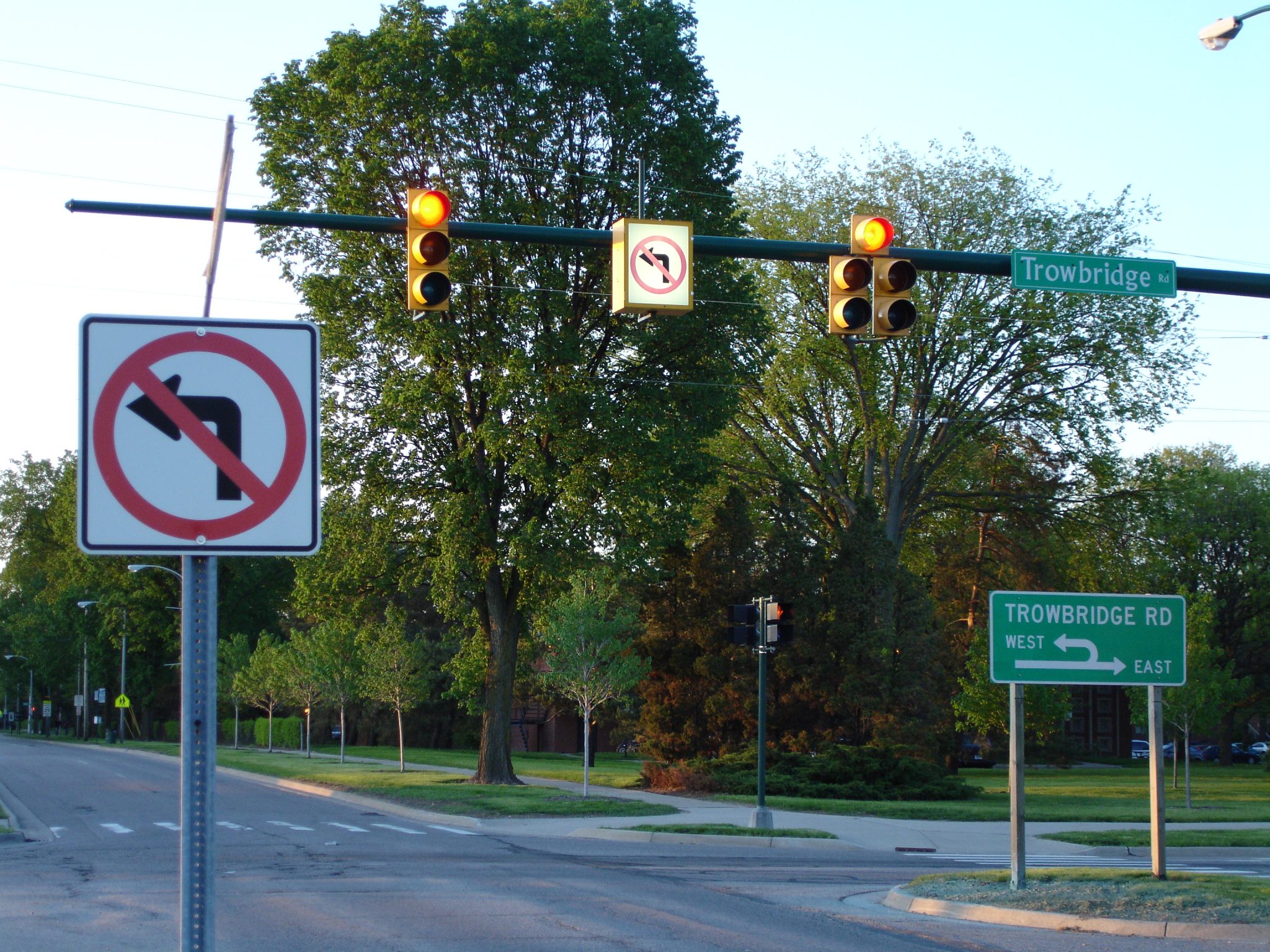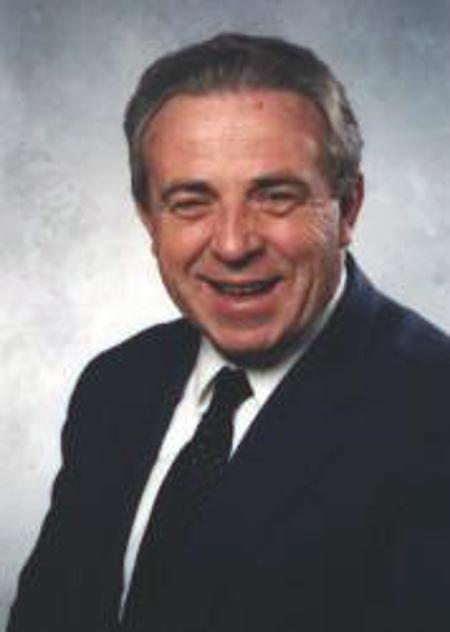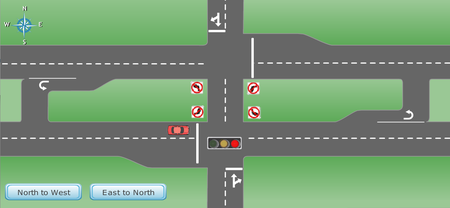CuriosiD: Where Did the Michigan Left Come From?
CuriosiD explores the history of the pesky, head-scratchingly prevalent traffic design known as a Michigan Left

This week’s installment of CuriosiD investigates a question from listener Tim Larrabee.
“Where did Michigan left turn-arounds come from?” | Tim Larrabee
The Short Answer
Michigan Lefts date back to the 1960s, when engineers with the Michigan Department of Transportation (MDOT) were working on solutions to alleviate bottlenecks and accidents associated with left turns on major roads like Telegraph and 8 Mile Road.
The Birth of the Michigan Left
The traffic and safety administrator for MDOT, Kelby Wallace, says the beginning of the Michigan Left goes way back to before many freeways were even born.
“We had some major roadways that were built back in the 20s and 30s that were carrying a lot of traffic by the 60s. These were before our interstate system was intact.”
And Telegraph Road was one of those roadways. He says left turns at those intersections were responsible for traffic congestion and accidents, because of the dangerous nature of having to cut off traffic to make a turn.
The solution, Wallace says, was to have drivers go past the intersection…make a U turn…and then make a right-hand turn back onto the cross street – a Michigan Left.
“I think these work great,” says Wallace. “You can see actually where crashes have been reduced 30 to 60 percent overall, when you use a Michigan left.”
The Men Behind the Michigan Left
Retired Michigan State University Professor Thomas Maleck was a young traffic engineer in the mid-1960s, whose job was to rid 8 Mile of the bottlenecks that routinely snarled traffic.
“And I found the perfect solution on where to locate the crossovers so that when someone turned right, and they made a U turn and came back to the original signal, they would go from green to green to green non-stop,” says Maleck. “And it greatly increased the capacity of the road, and greatly reduced the delay.”

He says his solution increased the value of commercial properties stranded between traffic lights, by providing increased opportunity for cars to cross lanes between signals.
“It has a huge impact on commercial development, and no one realizes that,” says Maleck.
Maleck says that people don’t understand that, when the indirect left turn was created, drivers weren’t as aggressive as they are now.
“Cars would wait four or five cycles – sometimes [up to] nine minutes to make a left hand turn. And because they don’t understand that they don’t appreciate what has happened.”
Maleck wants to make it clear – while he laid out where and how the turns should be incorporated on 8 Mile, he did not invent the modern concept of a Michigan Left. He says he thinks he knows who did, and it was not the couple of traffic engineers that state officials say may have stumbled onto the idea while working on Telegraph Road. He credits a man by the name of Don Sankey.
“Don took that median crossover and put a guardrail in the middle of it and put up one-way signs so you turned inside of each other. And then they changed the design to allow for trucks.”
But Maleck adds that the state may have taken Michigan Lefts just a bit too far.
“We had thought of it only as being a solution for major roads with a wide median and large left hand turns. That concept has been maybe overused in areas that it’s not really needed. And maybe people then have a legitimate complaint.”
The Michigan Left Outside of Michigan
Traffic departments in Florida, Maryland, New Jersey and Arizona now all use some version of a Michigan Left.
Louisiana Traffic Engineering Administrator Jody Colvin says New Orleans officials noticed how the U-turns eased congestion and accidents on busy roads.
But Colvin says in other areas of the states, it’s sometimes been a struggle to create what’s known there as a J-turn or R-cut, because drivers are used to being able to make direct left turns.
A Canadian band named Arkells even wrote a song about it. Take a listen by playing the video on the left side of the screen.

